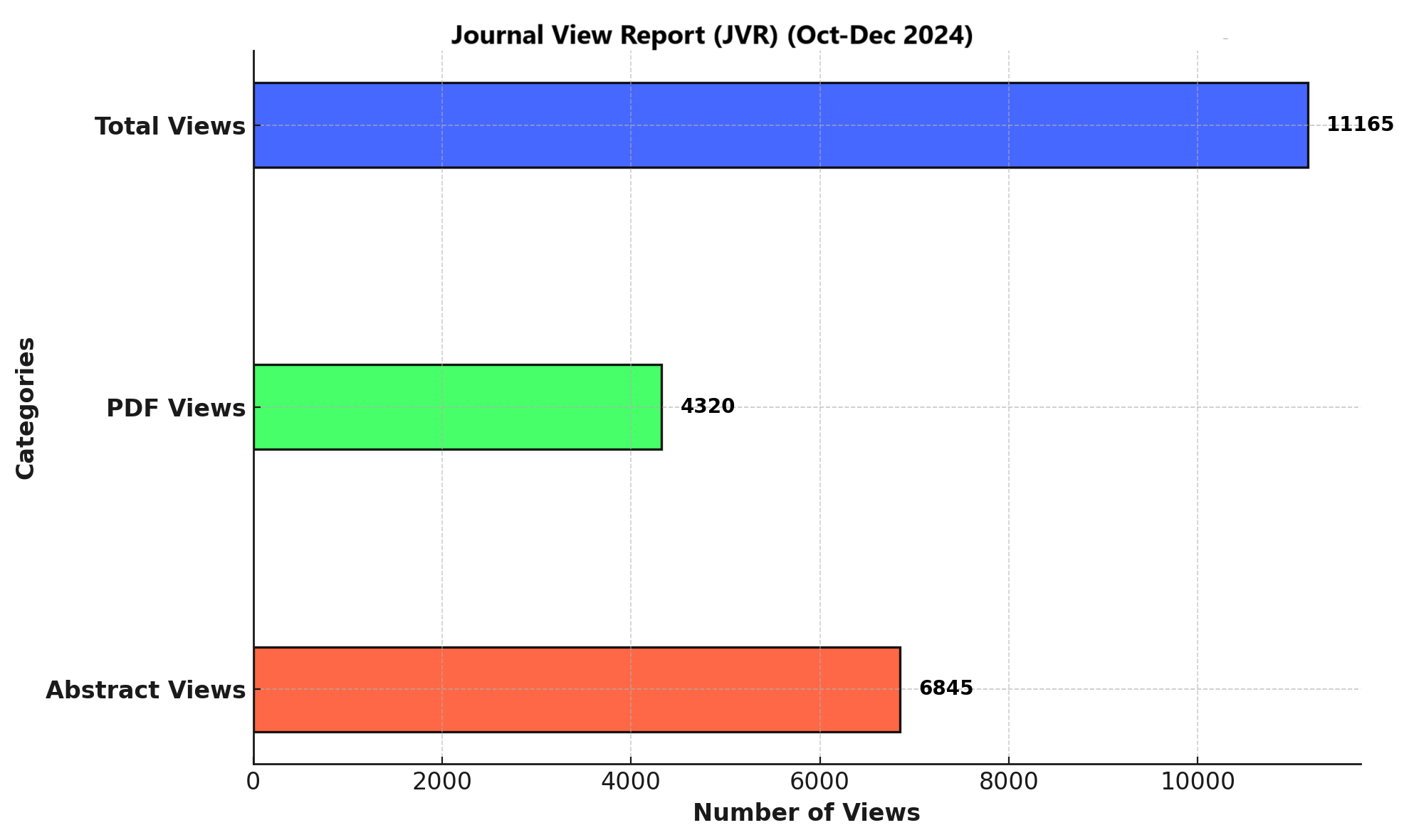IMPACT OF DIAPHRAGMATIC BREATHING WITH PURSE LIP BREATHING VERSUS PURSED-LIP BREATHING ALONE ON DYSPNEA AND EXERCISE CAPACITY AMONG COPD PATIENTS
DOI:
https://doi.org/10.71000/m66c1140Keywords:
Breathing exercises, Chronic obstructive pulmonary disease, Diaphragmatic breathing, Dyspnea, Exercise capacity, Pulmonary rehabilitationAbstract
Background: Chronic obstructive pulmonary disease (COPD) is a leading global health concern, affecting 13.6% of the population worldwide and ranking as the third most common cause of mortality. It is characterized by progressive respiratory dysfunction that significantly impacts quality of life. Integrating diaphragmatic breathing (DB) and pursed-lip breathing (PLB) into rehabilitation programs has shown potential in alleviating dyspnea and improving exercise capacity, offering a cost-effective and accessible non-pharmacological intervention for COPD patients.
Objective: To evaluate the effect of diaphragmatic breathing combined with pursed-lip breathing versus pursed-lip breathing alone on dyspnea and exercise capacity in COPD patients.
Methods: This experimental study included 32 clinically stable COPD patients, aged 45–75 years, categorized as GOLD II or III. Participants were recruited from Government Mozang Teaching Hospital, Sir Ganga Ram Hospital, and Lahore General Hospital using purposive sampling. Exclusion criteria included pleural effusion, liver or kidney disease, pulmonary tuberculosis, post-tuberculosis obstruction syndrome, unstable angina, and recent myocardial infarction. Participants were randomized into Group A, receiving diaphragmatic breathing combined with pursed-lip breathing, and Group B, receiving pursed-lip breathing alone. Both interventions were administered over eight weeks with four sessions per week. Dyspnea and exercise capacity were assessed using the modified Medical Research Council (mMRC) scale and the six-minute walk test (6MWT), respectively. Data were analyzed using SPSS version 24.
Results: Between-group analysis revealed that Group A demonstrated significantly greater improvements in dyspnea (mMRC: 3.2 ± 0.5 to 1.4 ± 0.6, p = 0.033) and exercise capacity (6MWT: 310.5 ± 45.3 to 365.9 ± 50.2 meters, p = 0.020) compared to Group B (mMRC: 3.1 ± 0.6 to 1.9 ± 0.7; 6MWT: 315.2 ± 50.1 to 350.3 ± 55.6 meters). Within-group analysis for both groups showed statistically significant improvements (p < 0.001).
Conclusion: Diaphragmatic breathing combined with pursed-lip breathing significantly outperformed pursed-lip breathing alone in reducing dyspnea and enhancing exercise capacity in COPD patients. This combined approach represents an effective and practical addition to pulmonary rehabilitation programs.
Published
Issue
Section
License
Copyright (c) 2024 Hifza Riaz, Amina Amjad, Nimra Mustafa, Amon, Ahmad Ammar Asif, Muhammad Ahsen Tahiri, Hafiz Ali Bin Asim (Author)

This work is licensed under a Creative Commons Attribution-NonCommercial-NoDerivatives 4.0 International License.







